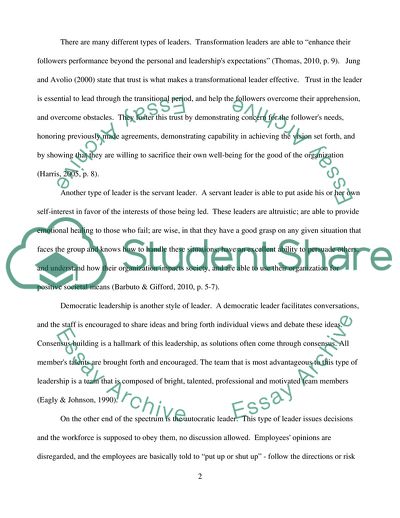Cite this document
(My Leadership Traits Essay Example | Topics and Well Written Essays - 3152 words, n.d.)
My Leadership Traits Essay Example | Topics and Well Written Essays - 3152 words. Retrieved from https://studentshare.org/education/1744486-report-style
My Leadership Traits Essay Example | Topics and Well Written Essays - 3152 words. Retrieved from https://studentshare.org/education/1744486-report-style
(My Leadership Traits Essay Example | Topics and Well Written Essays - 3152 Words)
My Leadership Traits Essay Example | Topics and Well Written Essays - 3152 Words. https://studentshare.org/education/1744486-report-style.
My Leadership Traits Essay Example | Topics and Well Written Essays - 3152 Words. https://studentshare.org/education/1744486-report-style.
“My Leadership Traits Essay Example | Topics and Well Written Essays - 3152 Words”, n.d. https://studentshare.org/education/1744486-report-style.


